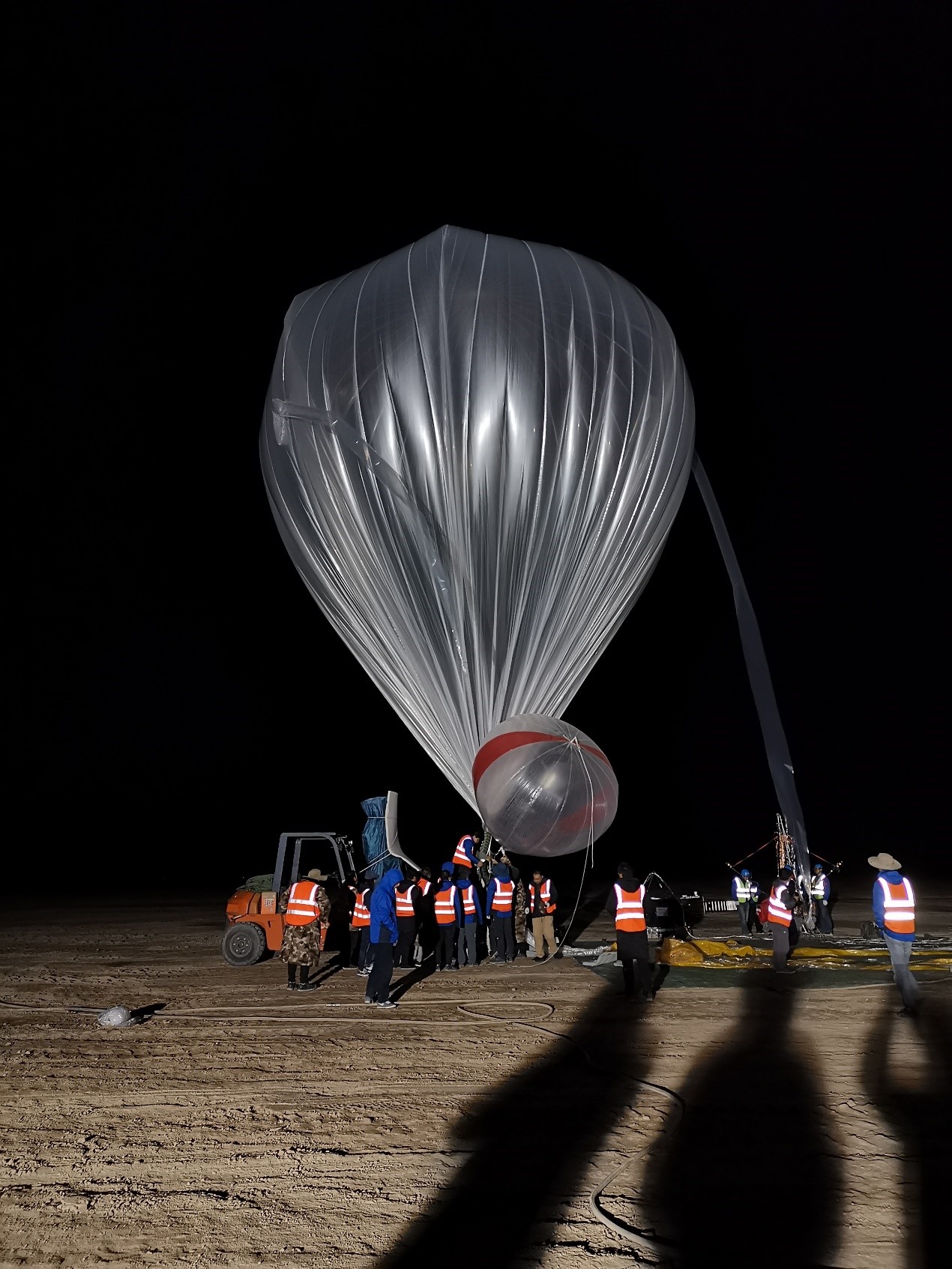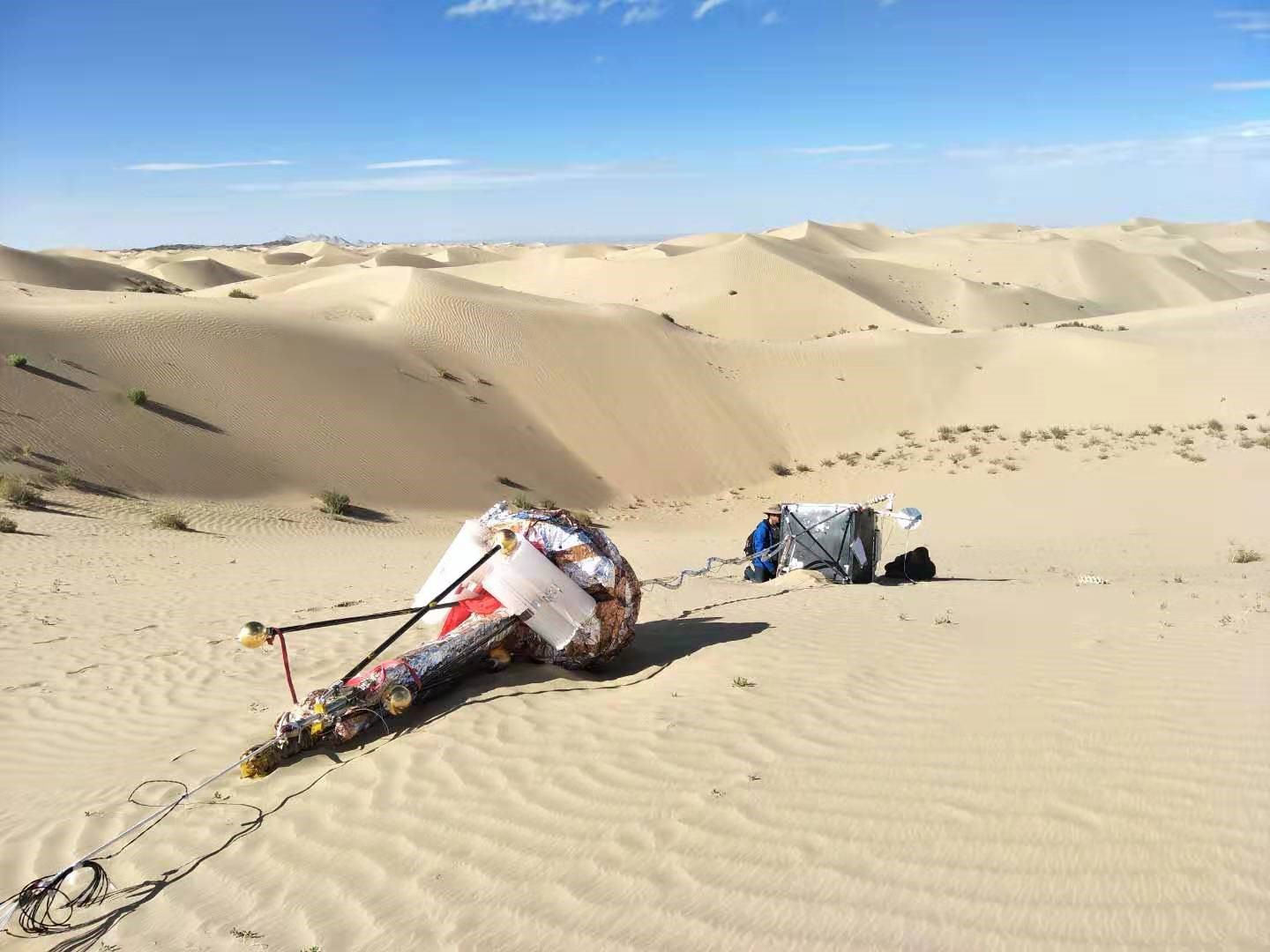Purpose of the flight and payload description
This balloon flight has been carried out under the umbrella of the Honghu Special Project (Near Space Science Experiment System) a strategic pilot technology program launched by the Chinese Academy of Sciences on March 2018. It focuses on the exploration and study of the near space environment, and relies on multi-type platforms to carry out the comprehensive detection of the near space with the most complete range of parameters possible.
Combined with multi-source data, the objective is to deeply describe the atmospheric environment, electromagnetic environment and radiation environment in the near space, and greatly improve the cognition and prediction of such realm. The aim of the program includes carrying balloon-based experiments in physics, chemistry, biology, optics, planetary space environment and remote sensing detection.Most of the balloon flights under the initiative made use of multi-instrumented platforms on which were performed experiments for all the disciplines mentioned above in a single flight.
Balloon launch operations are in charge of the Aerospace Information Research Institute.
This particular mission carried onboard an electromagnetic field detector and a conductivity meter. During the 17 hours long flight was successfully obtained in-situ detection data of the electromagnetic environment in the near space during a small magnetic storm. .
Details of the balloon flight
Balloon launched on: 9/1/2019
Launch site: Dachaidan district, Qinghai Tibet Plateau, China
Balloon launched by: Aerospace Information Research Institute (AIR-CAS)
Balloon manufacturer/size/composition: Zero Pressure Balloon
Flight identification number: HH-19-BQ5
End of flight (L for landing time, W for last contact, otherwise termination time): 9/1/2019
Balloon flight duration (F: time at float only, otherwise total flight time in d:days / h:hours or m:minutes - ): 17 h 30 m
Landing site: In the desert N of the Nalingol Hydropower Station
The balloon was launched from Dachaidan in the early morning of September 1st, 2019. The total flight time was 17.5 hours. After completing the flight, the payload landed on the edge of the desert north of the Nalingol Hydropower Station. After three futile attempts, the recovery team finally arrived at the landing site at 17:10 on September 5, and successfully completed the recovery of the electronics box and the conductivity meter and extracted the memory cards on which was stored the data obtained by the electromagnetic field detector sensor.
If you consider this website interesting or useful, you can help me to keep it up and running with a small donation to cover the operational costs. Just the equivalent of the price of a cup of coffee helps a lot.



